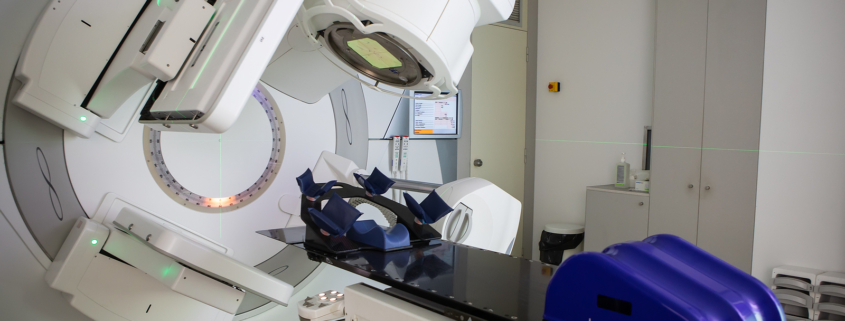What Conditions Were First Treated with Radiotherapy? A Historical Look
A referral to a radiotherapy centre for treatment means that a person is going to receive non-intrusive, effective and versatile treatment for a wide variety of conditions.
Brain tumours, as well as certain types of lesions and growths in the brain, are more safely managed using stereotactic radiosurgery than through other treatments, and this being the case highlights the progression in technology and medical understanding when it comes to radiation therapy.
However, radiotherapy was first discovered in the late 19th century, and within a year of this was already being used experimentally to treat various types of conditions.
Once the efficacy of radiotherapy was established, what were the conditions it was first used to treat?
The First Four Treatments
Given the scale and scope of the evolution of radiotherapy over nearly 130 years, it is quite astonishing just how quickly it was being used to treat various medical conditions, and even was used in attempts to treat certain forms of cancer.
A lot of this can be credited to the work of Léopold Freund, a Nobel Prize runner-up, the first person to suggest that X-rays can be used to treat disease, and the first person to successfully treat a patient using radiotherapy, although not the first to actually attempt it.
By the dawn of the 20th century, he was already seen as an expert in the field and had established four classes of medical conditions that even at this early stage could be treated by radiotherapy, as well as a group of conditions where radiation was used more experimentally.
Here are the four conditions, as well as the first-line treatment used today to showcase just how much radiotherapy has evolved over the years
Hypertrichosis
Often confused with hirsutism, hypertrichosis is a rare set of conditions that cause excessive hair growth on a person’s body, typically in places where they would not ordinarily have hair.
Sometimes known as werewolf syndrome, hypertrichosis is typically treated with hormone treatments, avoiding certain hair growth medications such as minoxidil or removing the hair that is already there.
Typically, this takes the form of either laser surgery or electrolysis, but in 1900 Mr Freund suggested that radiation could also remove unwanted body hair.
As people who have undergone long-term radiation therapy or chemotherapy can attest, there is a connection between radiation and a loss of hair, but within 15 years the effects of unnecessary radiation would be a cause of concern in the medical world and other treatments would take its place.
The Necessary Removal Of Hair
Mr Freund separated hypertrichosis from other situations where it could be necessary to remove hair in order to treat the disease.
This could include preparing an area for surgery or removing hairs to avoid infection or irritation, such as ingrown hairs.
These would typically not be managed through radiation but instead some kind of short-term hair removal treatment such as shaving, waxing, removal creams or plucking unwanted hairs out.
Inflammatory Skin Affections
Because the earliest form of radiation therapy involved the use of X-rays, they were most effective at treating conditions close to the skin. As a result of this, skin inflammations were a common way early radiotherapists would determine how effective radiation was as a treatment.
This included conditions such as eczema and acne, both of which are skin conditions that cause what Mr Freund described as “inflammatory affections”, which manifests as redness and irritation in the former, and spots in the latter.
Using radiation therapy is not undertaken for skin inflammations that do not have their origins in skin cancer, with a wide range of alternative options for treatment used in its place, from simple emollients to topical steroids depending on the intensity of the conditions.
Interestingly, phototherapy, a form of radiotherapy where the affected area is put under a lamp that emits ultraviolet radiation, is still an option from specialist dermatologists for some forms of eczema.
Malignant Skin Conditions
One of the first successful uses of radiotherapy was in the treatment of lupus by both Mr Freund and his research partner Eduard Schiff, primarily because it would be easy to determine the difference between the treated and untreated area of a butterfly patch flare-up on the face.
As lupus is a multifaceted condition that has a wide range of symptoms, it is typically treated by either managing the symptoms, such as using hydroxychloroquine, steroid creams or anti-inflammatory medication or through using immunosuppressant medication.
Part of the reason why radiotherapy worked is because of this, but given the nature of lupus as a condition that affects people in waves, radiotherapy was not seen as a front-line solution.
However, epithelioma, or abnormal growths on the skin, are often treated with radiation therapy as a routine procedure.
Better known as basal cell carcinoma, epithelioma is a form of skin cancer that rather unusually does not spread to other areas, meaning that it is seldom a threat to life.
However, it can also be easily treated with cancer radiotherapy in what is commonly a routine procedure.


